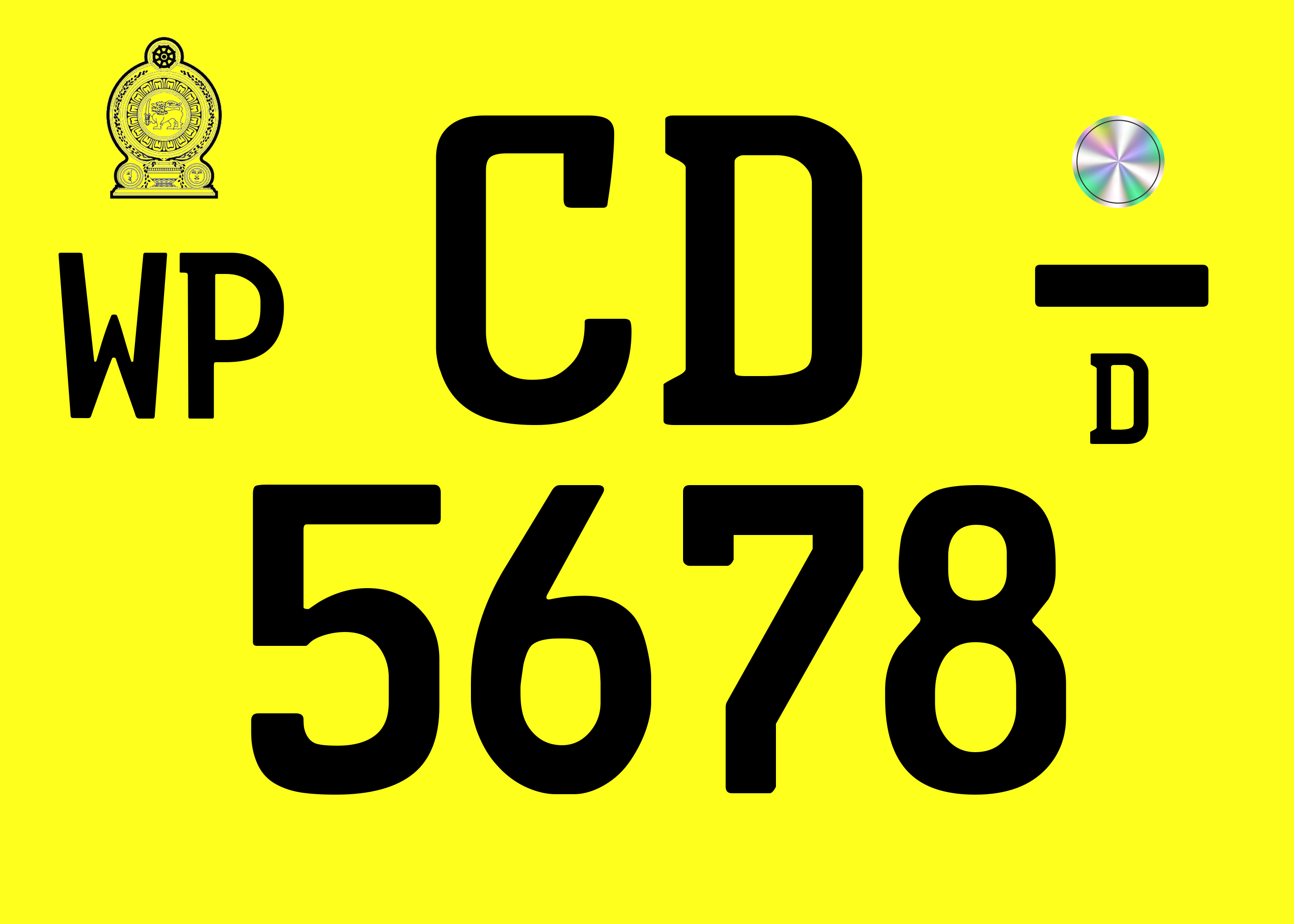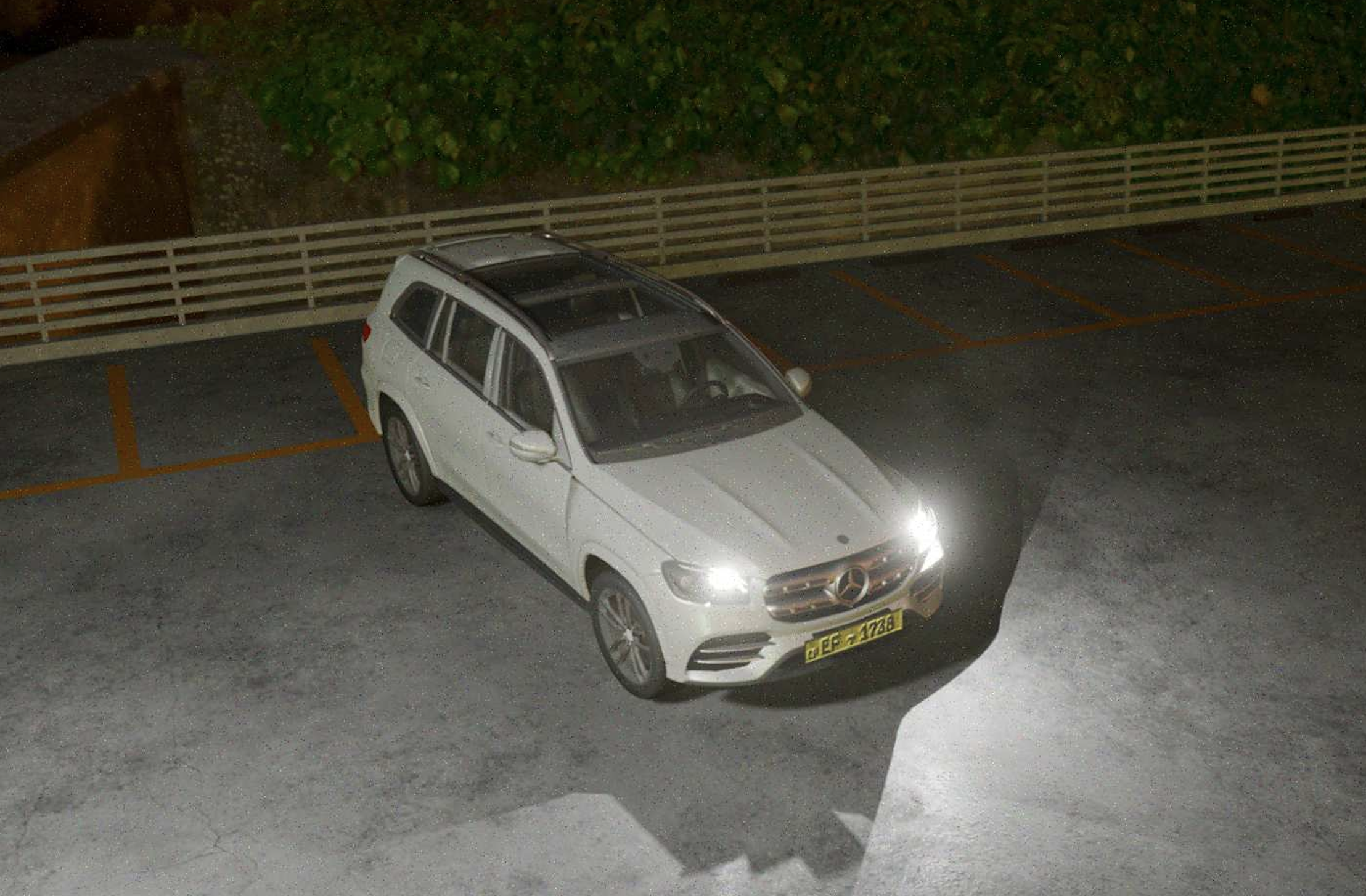At SLT, I worked on developing a system to generate synthetic images for training Automatic Number Plate Recognition (ANPR) systems using Blender and Python.
Another team of SLT interns was tasked with building an automated parking management system. This system included recognizing license plates, managing gate controls, and providing a web interface for configuration and monitoring. The machine learning model for number plate recognition ran locally on a Jetson Nano to minimize latency, but the team faced challenges due to a limited dataset of Sri Lankan license plates for training and testing. I proposed generating synthetic images to supplement their dataset.
Initially, I considered using Nvidia Omniverse, an industry-standard tool for generating synthetic data, but it wasn’t feasible for SLT. As a result, I turned to Blender. I wrote a Python script that read license plate designs from a JSON file, then created images with corresponding textures and bump maps. These textures were imported into Blender, where a grunge/dirt effect was applied using a Blender addon to simulate real-world conditions. The rendered images were then processed by another Python script that introduced camera artifacts and distortions, making the images more closely resemble real-life data.
This approach was tested with the current machine learning model, and while it showed some promise, a few shortcomings were identified. The full automation of the process, along with the addition of more varied scenes and conditions, is being handled by other SLT interns.

An example generated texture of a license plate
